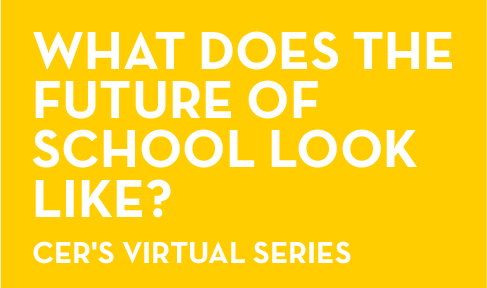What Catholic Schools Can Learn from Charters
For the first time ever, this current 2012-2013 school year will see more of our nation’s students in charter schools than in Catholic schools. Although Catholic schools were once the dominant alternative to traditional public schools, offering high academic expectations, standards, and a strong community environment, many of the nation’s best charter schools have embraced these same principles. In this new era of competition for Catholic schools, there are only two choices left: innovate or die out.
There are a few basic things that Catholic schools can adopt from charter schools in order to remain a viable option for parents, according to a report from the Lexington institute:
Blended Learning
Blended learning challenges the old, traditional form of education known as the “factory model.” Rather than viewing students as interchangeable parts that can be treated with the same inputs, blended learning recognizes that students learn differently and require customization. The blended learning model also focuses on the use of technology so that teachers can better deliver instruction and track their students to provide better lesson plans. Teachers can intervene and pace instruction according to a student’s current needs and abilities, allowing teachers to structure their time more effectively.
Mission and Metrics
Catholic schools must be able to define its mission and its metrics to reassure the community and produce evidence of its success. Archbishop Donald Wuerl of Washington, D.C. identified four pillars of Catholic education: Catholic identity, academic excellence, accessibility, and affordability. Catholic schools can alter their practices and systems in order to emphasize these features that distinguish Catholic schools from other school options.
• Catholic Identity: Blended learning can actually aid Catholic instruction through more individualized learning from teachers.
• Excellence: Catholic schools can be more transparent with data so that student performance is tracked and available to the public. Catholic schools should be able to prove their reputation with hard evidence.
• Accessibility: Catholic schools must be open to everyone and cannot rely on increases in tuition to cover costs. Blended learning can help drive costs down because there is less focus on inputs—dollars per student and teacher to student ratios.
• Affordability: Although the per-pupil cost is less than public schools, parents essentially pay twice to educate children—one through taxes, then again by tuition. Catholic schools must prove their value to not only the traditional charter school, but charter schools as well.
Collecting Data
Data needs to be accurate, accessible, and actionable. Using data empowers teachers to track student performance over time and across different subjects, and also allows parents to engage in a meaningful way. Data provides transparency, can produce results, and can create better relationships between parents and teachers.
Communication
Catholic schools must also be able to market their schools and never stop recruiting in the communities that they serve. If Catholic schools can better communicate with their communities, this can benefit both enrollment and fundraising.













